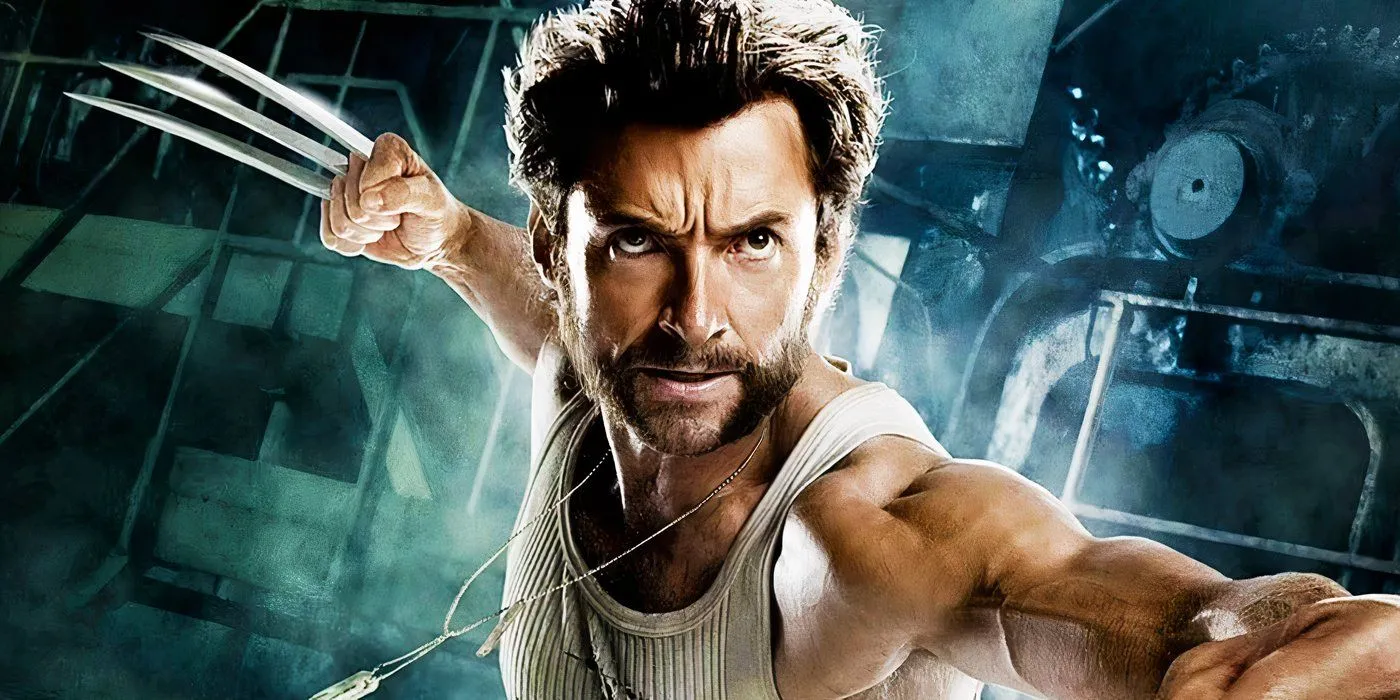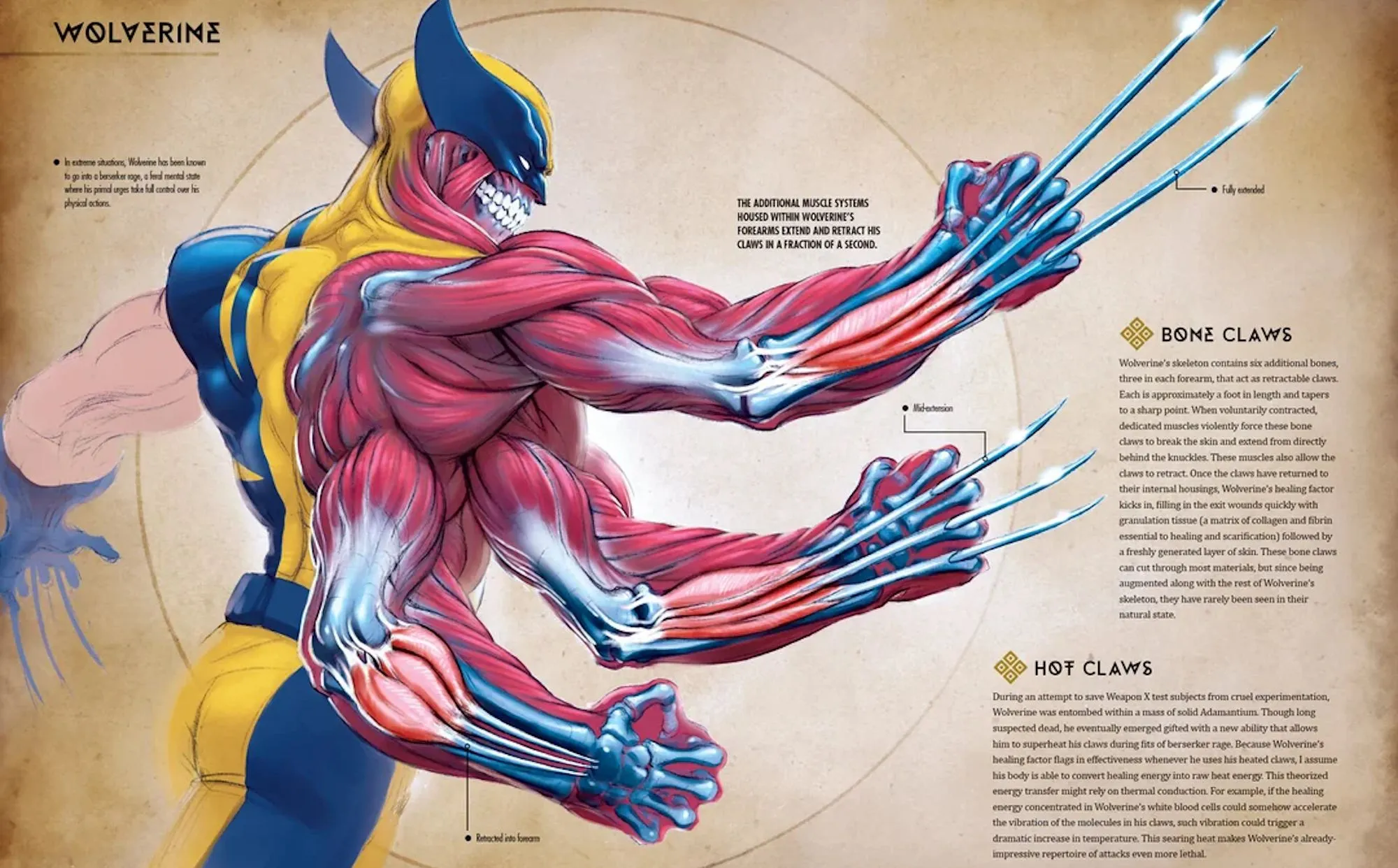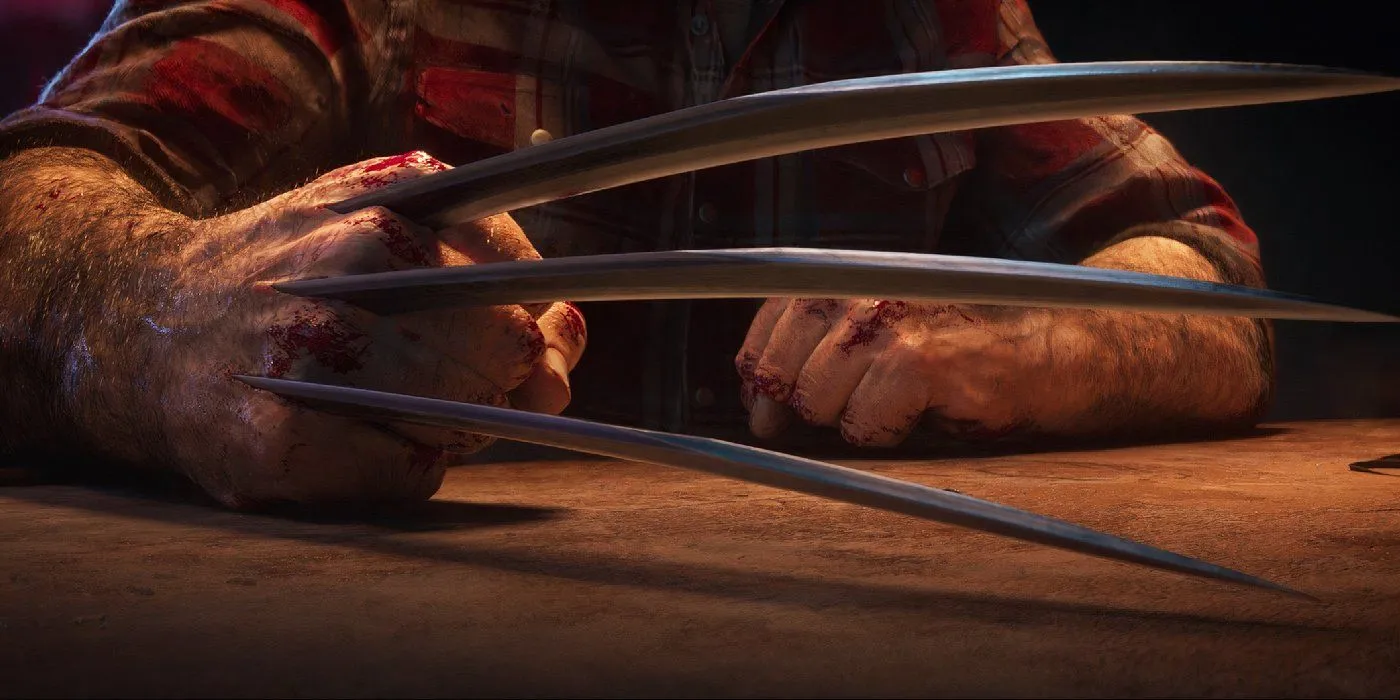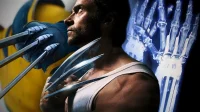Marvel’s Wolverine is famously recognized for his iconic claws—three sharp blades extending from each fist. These claws stem from his unique mutation, but despite over five decades of storytelling, one fundamental question remains unanswered: how do Wolverine’s claws function?
While fans are well-versed in the lore surrounding the Weapon X program and the indestructible metal known as adamantium, the intricate mechanics behind how Wolverine can extend or retract his claws are still shrouded in mystery. Surprisingly, even the creators at Marvel have yet to provide a comprehensive explanation for this unique ability.
Understanding Wolverine’s Claw Mechanism
The ‘Snikt!’ Sound: What Does It Really Mean?

Fans have grown accustomed to the unmistakable “SNIKT”sound that accompanies Wolverine as he unleashes his claws. This action is certainly a deliberate one, suggesting a controlled motion. However, the biological and mechanical processes behind this fascinating ability remain unexplained.
Stating that Logan can simply move his claws in and out using muscle contraction is an oversimplification. The complexity of how muscles operate contradicts this notion, leaving an apparent gap in logical understanding.
The Origin of Wolverine’s Claws
The First X-Men Movie: An Artificial Explanation

The first installment of the X-Men film franchise (2000) played a pivotal role in defining Wolverine’s character for audiences. The filmmakers opted for a straightforward approach to explain his claws, presenting them as seemingly artificial implants visible in x-ray scenes. This depiction suggests that his claws operate mechanically, a notable deviation from the comic book’s narrative.
This cinematic interpretation aligns closely with the character’s original conception. In Wolverine’s debut in Hulk #181, he possessed retractable adamantium blades integrated into his gloves—a key detail that underscores how the cinematic world simplified the character’s lore.
“While I readily admit that my original idea was for Wolvie’s claws to extend from the backs of his gloves… Dave and Chris definitely improved on that idea.”
Thus, both in the comics and films, Wolverine’s claws originated as retractable blades—ingeniously created for a mutant with his formidable strength and healing capabilities.
The Bone Claw Retcon: Complicating the Explanation
Natural Yet Unexplainable Claws

Marvel’s storyline took a contentious turn when it was revealed that Wolverine’s adamantium claws were, in fact, concealing natural bone claws created by his mutation. This fantastical reinterpretation complicates the believability of how these “bone knives”operate biologically, as such structures are not commonly found in nature.
The Muscle Control Myth

While it’s a frequent notion that Wolverine’s ability to control his claws relies on muscle function, this perspective is flawed. Muscles can only contract, never extend; therefore, the concept of muscle-powered claw retraction defies biological principles. Though artist Jonah Lobe’s diagrams attempt to visualize this theory, they fail to account for the actual mechanics of muscle operation.
Our Take: A Tendon-Driven Theory
Introducing a Biologically Inspired Theory

Considering how human hand functionality relies predominantly on tendons rather than muscles, it’s conceivable that Wolverine possesses extra tendons enabling his claw mechanics. Imagine the claws positioned on a retracted tendon within his forearm, similar to arrows nocked in a bow. When he contracts this tendon, the claws rapidly break the skin and extend outward.
However, the same system would need to facilitate quick retraction, raising questions about how Wolverine’s wrists could accommodate the required muscular development. Despite the fantastical nature of the claws, the tendon-driven theory offers a plausible explanation, addressing some of the prevalent gaps in understanding.
In the end, while the idea of artificial claws may be the simplest explanation, Marvel’s continued evolution of Wolverine’s character makes definitive answers all the more elusive. Until a scientifically sound explanation surfaces, fans are left in the lurch, pondering this enduring enigma.
Source: Len Wein


